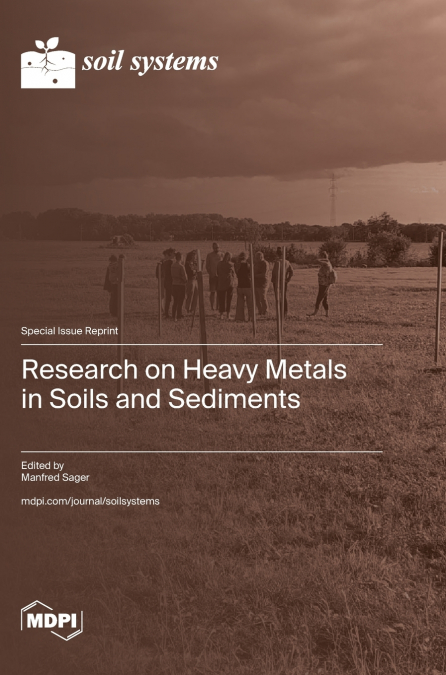
Manfred Sager
In this Special Issue, contributions covering studies on soils and soil extracts were welcomed and focused on the following: (1) mobile soil fractions and their dependency on mineral composition, grain size, and the kinetics of dissolution; (2) mobile soil fractions and proof of soil-to-plant transfer via respective pot and field experiments; (3) elemental compositions of nanoparticles in soil extracts and groundwater, determined by micro-diffusion or time-of-flight ICPMS; (4) non-invasive screening for plastic and microplastic particles or combustion-derived particles by using, e.g., near-infrared or magnetic methods; (5) interactions of surfaces of man-made materials with solutes in soil; (6) sanitation and recovery strategies of soils; (7) screening of rarely determined aspects; and (8) investigations of element proportions of geochemically and physiologically similar elements.Research on these topics should help characterize defined sources, but also provide insights into soil formation mechanisms and the success of restoration as well as remediation measures. The migration of nanoparticles in soils and groundwater is expected to be lower, but needs further investigation. The fitting of mobile fractions to simulate soil-to-plant transfer or the transfer to benthic organisms should involve different organisms under various nutrient and climatic conditions. Multi-element capabilities and improved detection limits of ICP-MS and ICP-OES offer the possibility of determining the levels of lesser-known elements beneath the main commonly explored elements, nutrients, and pollutants.